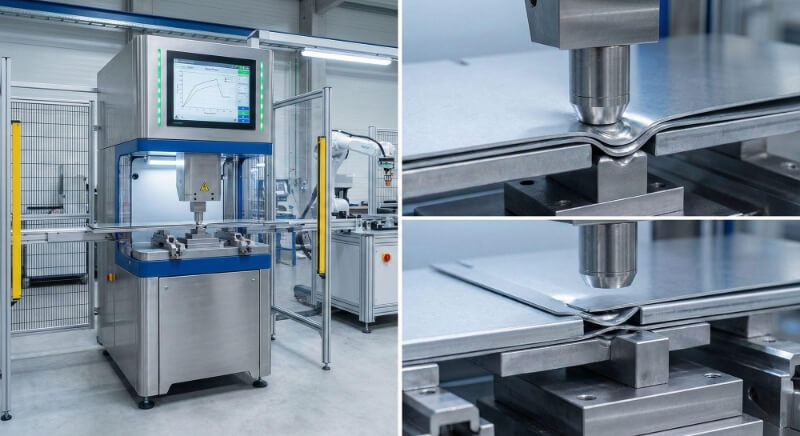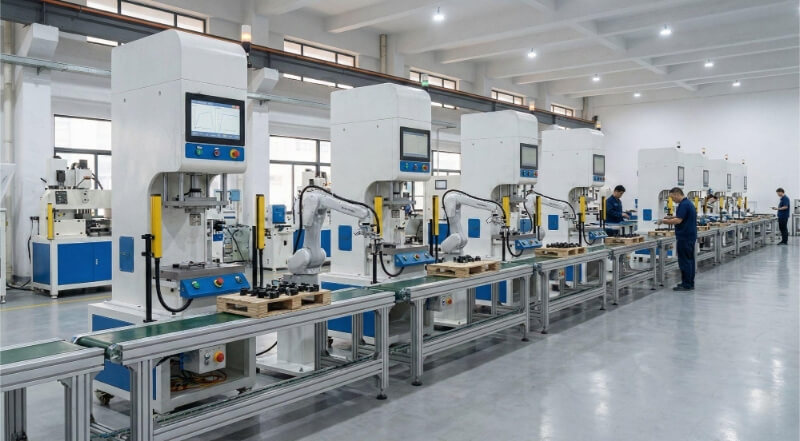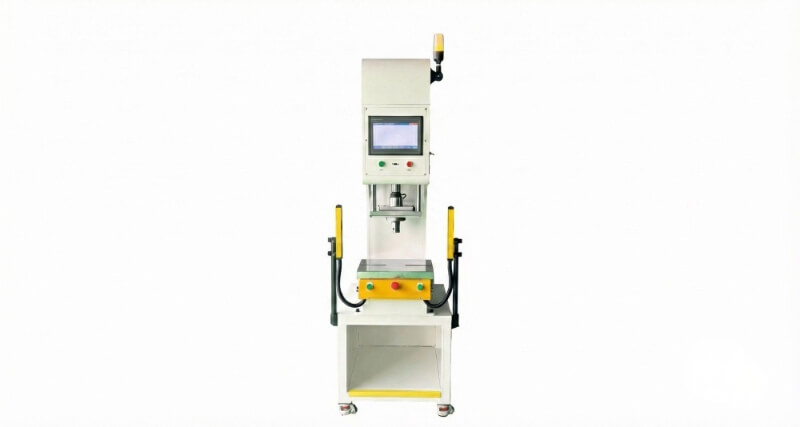When creating a new product, speed is as important as quality. Companies need prototypes that can quickly turn into functional designs for mass production. Rapid prototype casting is a method that helps create functional prototypes quickly, using materials similar to the final product. This process allows engineers and designers to find and fix issues early before moving into full-scale production.
You must ensure the right materials and methods are used to make the process smoother. Let’s explore the steps, benefits, and applications of rapid prototype casting in more detail.
What is Rapid Prototype Casting?
Rapid prototype casting is a process that turns digital designs into physical prototypes using molds and casting materials. It’s a quick way to test a product’s looks, feels, and functions before moving to full-scale production.
This method benefits engineers and designers who must validate their concepts early in development. It reduces the risk of costly mistakes and ensures the final product meets expectations.
The Clear Benefits of Rapid Prototyping Over Traditional Methods
Rapid prototyping and traditional methods serve the same goal—creating prototypes—but differ in speed, cost, and flexibility.
- Speed: Rapid prototyping can produce prototypes in days, while traditional methods often take weeks.
- Cost: Rapid prototyping is generally more cost-effective for small batches. Traditional methods may require expensive tooling.
- Flexibility: Rapid prototyping allows for easy design changes. Traditional methods are less adaptable once the process starts.
- Materials: Rapid prototyping uses many materials, including plastics, resins, and metals. Traditional methods are often limited to specific materials.
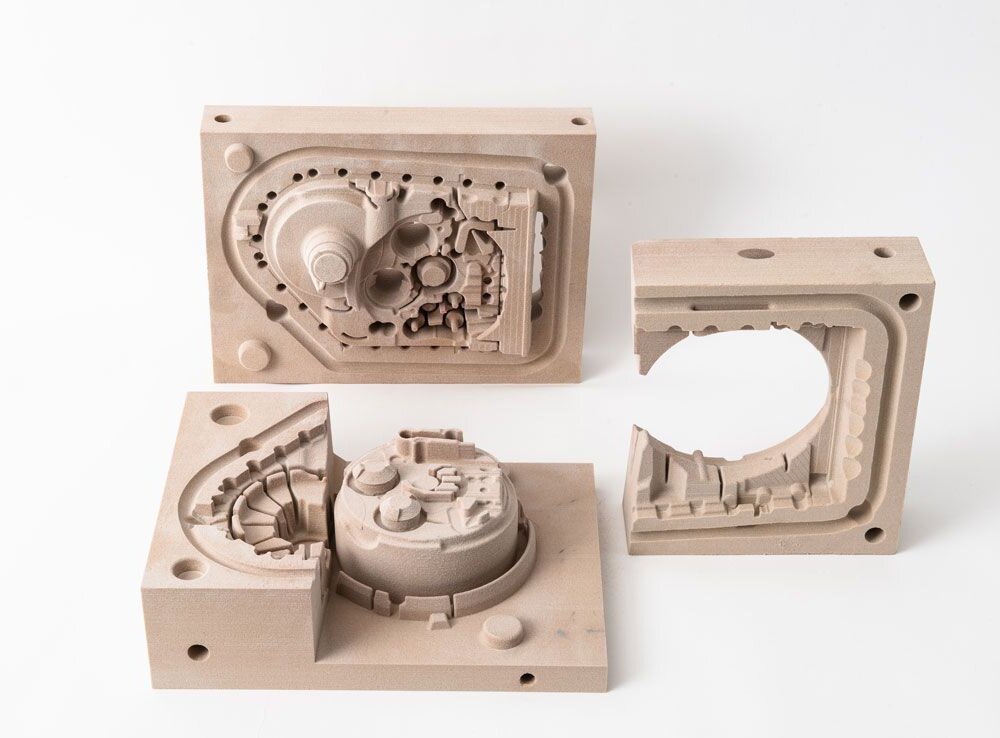
How Does Rapid Prototype Casting Work?
Rapid prototype casting is a multi-step process that takes a product from digital design to a physical prototype. It involves creating a mold and using it to form a model as close to the final product as possible. Here’s a breakdown of how it works:
Step 1: 3D Modeling
The process begins with creating a 3D model of the product. Engineers or designers use CAD software to develop a detailed digital representation. This model includes all the features and dimensions needed for the prototype.
Step 2: 3D Printing the Model
Once the 3D model is ready, it’s printed using a 3D printer. The printer creates a physical version of the model layer by layer, using materials like resin or plastic.
Step 3: Mold Creation
The 3D-printed model is then used to create a mold. This mold is typically made from materials like silicone or urethane, which can capture fine details.
The mold-making process involves pouring liquid mold material around the 3D-printed model. Once the material sets, the mold is carefully removed, leaving a cavity that matches the original design.
Step 4: Casting the Prototype
With the mold ready, the next step is casting. The mold is filled with the chosen material, such as plastic, metal, or resin. The material is allowed to be set or curbed, forming the prototype.
Step 5: Mold Removal
Once the casting material has been set, the mold is removed to reveal the prototype. To meet the desired specifications, the prototype may require some finishing touches, such as cleaning, polishing, or painting.
Types of Rapid Prototype Casting Techniques
Rapid prototype casting includes several techniques suited for different materials, designs, and applications. Let’s explore the most common methods and their unique advantages.
Investment Casting
Investment casting, known as lost-wax casting, is ideal for creating highly detailed and complex prototypes. It involves creating a wax model of the design, coating it with a ceramic shell, and then melting the wax away to leave a mold.
This method is known for its precision and ability to produce smooth surfaces. It’s often used for aerospace, medical, and jewelry applications where fine details are critical.
Sand Casting
Sand casting is one of the oldest and most versatile casting methods. It uses sand as the mold material, which is packed around a design pattern. Once the pattern is removed, molten metal is poured into the cavity.
This technique is cost-effective and works well for large or heavy parts. It’s commonly used in automotive and industrial manufacturing.
Die Casting
Die casting involves forcing molten metal into a steel mold under high pressure. This fast method produces prototypes with excellent dimensional accuracy and smooth finishes.
Die casting is ideal for high-volume production of metal parts. It’s widely used in consumer electronics, automotive, and appliances.
Shell Casting
Shell casting creates the mold using a thin shell of resin-bonded sand. The process starts by coating a heated metal pattern with sand and resin. The shell is then cured and removed from the pattern.
This method is known for its ability to produce lightweight yet durable prototypes. It’s often used for parts that require a balance of strength and precision.

Key Considerations for Successful Prototype Casting
Focus on a few critical factors to achieve the best results with rapid prototype casting. These considerations ensure your prototypes are functional, accurate, and cost-effective.
Material Selection
Choosing the right material is one of the most critical decisions in prototype casting. The material affects the prototype’s strength, durability, and appearance.
For example, aluminum is excellent for lightweight parts, while stainless steel is better for high-strength applications. Consider the prototype’s end use and select a material that meets those needs.
Accuracy
Accuracy is crucial for prototypes that need to match the final product closely. Even minor deviations can lead to problems during testing or production.
To ensure accuracy, use precise 3D modeling and high-quality molds. Double-check measurements and tolerances at every stage of the process.
Complexity
The complexity of your design can impact the casting process. Intricate details may require advanced techniques or specialized materials.
If your design is highly complex, consider breaking it into smaller components. This approach can make the casting process more manageable and reduce the risk of errors.
Common Metals for Prototype Casting
Choosing the right metal is crucial for achieving the desired properties in your prototype. Here are some of the most commonly used metals in rapid prototype casting:
Aluminum
Aluminum is lightweight, corrosion-resistant, and easy to machine. It’s ideal for prototypes that need to be strong yet lightweight.
Stainless Steel
Stainless steel is known for its strength and resistance to corrosion. It’s often used for medical devices, industrial equipment, and consumer products that require durability.
Brass
Brass is a versatile metal with excellent machinability and a polished finish. It’s commonly used for decorative items, fittings, and components that need to combine strength and aesthetics.
Bronze
Bronze is durable and has good wear resistance. It’s often chosen for bearings, bushings, and other parts that experience friction or heavy use.
Zinc
Zinc is easy to cast and offers good dimensional stability. It’s frequently used for die-casting applications like electronics or automotive parts housings.
Magnesium
Magnesium is the lightest structural metal and has an excellent strength-to-weight ratio. It’s used in aerospace and automotive applications where weight reduction is critical.
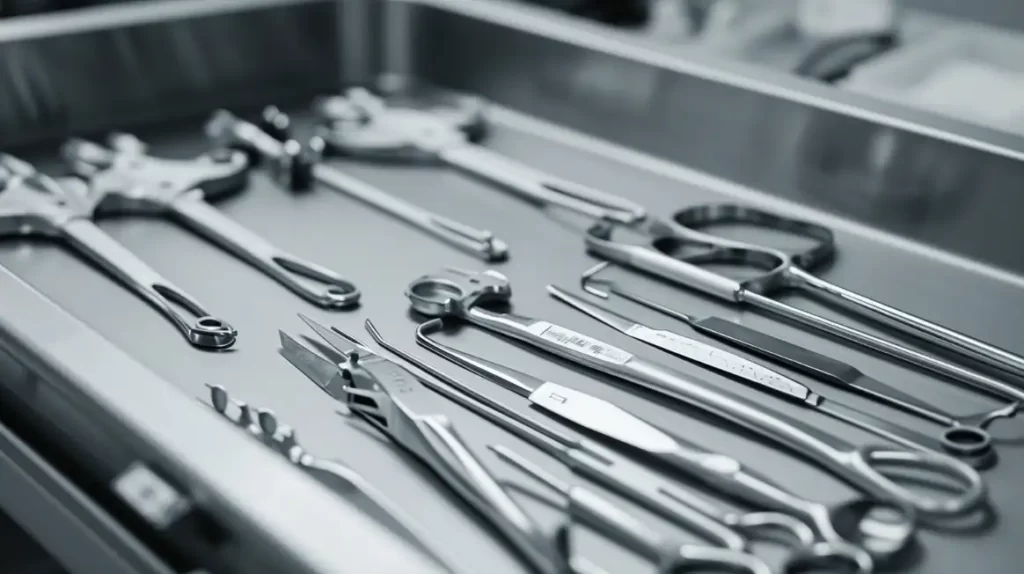
Industries Benefiting from Rapid Prototype Casting
Rapid prototype casting is a game-changer for many industries. It helps companies test ideas, improve designs, and bring products to market faster. Let’s look at how different sectors use this technology to their advantage.
Automotive Industry Applications
The automotive industry uses rapid prototype casting to develop and test new components. This method allows manufacturers to quickly create functional prototypes, from engine parts to interior fittings.
For example, carmakers use it to test the durability of brake systems or the fit of custom dashboards. Rapid prototype casting helps reduce development time and ensures parts meet strict safety and performance standards.
Aerospace Industry Applications
Precision and reliability are critical in aerospace. Rapid prototype casting creates lightweight yet strong components for aircraft and spacecraft.
This method is ideal for producing turbine blades, engine housings, and other complex parts. It allows engineers to test designs under extreme conditions without the high costs of traditional manufacturing.
Medical Device Prototyping
The medical industry uses rapid prototype casting to develop life-saving devices. This method ensures that prototypes, from surgical tools to implants, are functional and biocompatible.
For instance, manufacturers can create custom prosthetics or test new designs for heart valves. Rapid prototype casting helps speed the approval process and ensures devices meet regulatory standards.
Consumer Electronics
In the fast-paced world of consumer electronics, rapid prototype casting is essential for staying ahead of the competition. It creates casings, connectors, and other components for devices like smartphones and laptops.
This method allows companies to test new designs and materials before mass production. It also helps identify potential issues early, reducing the risk of costly recalls.
Conclusion
Rapid prototype casting is a powerful tool for turning ideas into reality. It combines speed, precision, and flexibility to help engineers, designers, and manufacturers test and refine their designs quickly. From 3D modeling to mold creation and casting, this process ensures prototypes are accurate, functional, and cost-effective.
If you’re looking for a reliable partner to help with your rapid prototype casting needs, we’re here to help. Our team specializes in delivering high-quality prototypes that meet your unique requirements. Contact us today to discuss your project and get a free quote.
Hey, I'm Kevin Lee

For the past 10 years, I’ve been immersed in various forms of sheet metal fabrication, sharing cool insights here from my experiences across diverse workshops.
Get in touch

Kevin Lee
I have over ten years of professional experience in sheet metal fabrication, specializing in laser cutting, bending, welding, and surface treatment techniques. As the Technical Director at Shengen, I am committed to solving complex manufacturing challenges and driving innovation and quality in each project.

